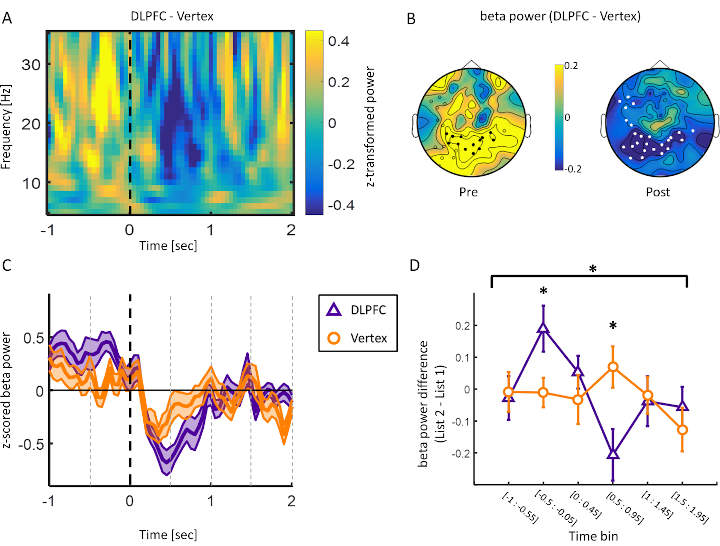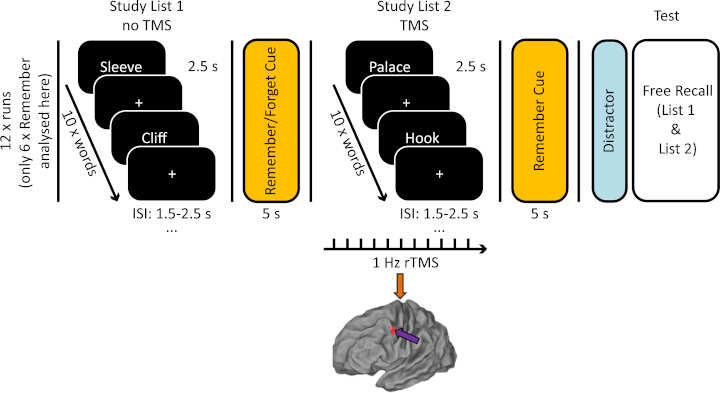Low frequency repetitive transcranial magnetic stimulation (rTMS) over the left prefrontal cortex of the brain can improve memory performance by reducing the power of low frequency brain waves as memories form, new research1 shows.
Memories of past events and experiences are what define us as who we are, and yet the ability to form these episodic memories declines with age, certain dementias, and brain injury.
Researchers Mircea van der Plas and Simon Hanslmayr from the University of Glasgow and colleagues hypothesized that they could improve episodic memory, and in the process, generate targets for future memory-related therapies.
Our electrophysiological results suggest that frontal stimulation affects a wider network and improves memory formation by inhibiting parietal areas. These are complex but interesting effects that require further experiments to better understand their neural basis,
van der Plas said.
Memory Formation
The researchers first analyzed past data from 40 college students who had been asked to memorize lists of words. Half of the students received slow rTMS over the left dorsolateral prefrontal cortex (DLPFC) while trying to memorize the words, and the other half received rTMS over a control region of the brain. The left DLPFC has been shown2 to play a role in memory formation.
In a new experiment, researchers collected data from 24 college students who each performed a similar memory task under both rTMS conditions. Analysis of both datasets revealed that memory performance was better for words that were memorized while the left prefrontal cortex was being stimulated.

Examining the EEG data that was recorded during the experiments, the researchers found that the slow rTMS applied to the prefrontal region led to reduced power of low-frequency beta waves in the parietal region of the brain, which is known to be involved in attention and perception.
Because slow rTMS inhibits brain activity, and the prefrontal cortex inhibits the posterior regions of the brain, van der Plas and co-authors theorize that the slow rTMS disinhibited the activity of the parietal region, leading to enhanced encoding of the words being memorized, and therefore improved memory.
- van der Plas M, Braun V, Stauch BJ, Hanslmayr S (2021) Stimulation of the left dorsolateral prefrontal cortex with slow rTMS enhances verbal memory formation. PLoS Biol 19(9): e3001363. ↩︎
- Balconi M. Dorsolateral prefrontal cortex, working memory and episodic memory processes: Insight through transcranial magnetic stimulation techniques. Neurosci Bull. 2013;29:381–9. pmid:23385388 ↩︎
Last Updated on October 14, 2022
